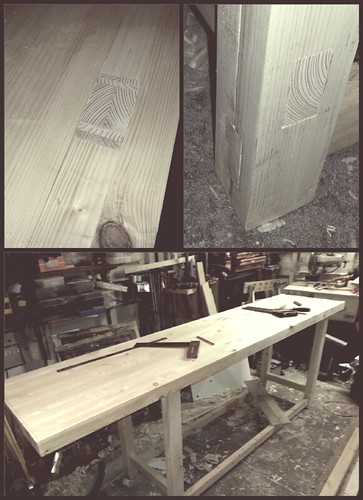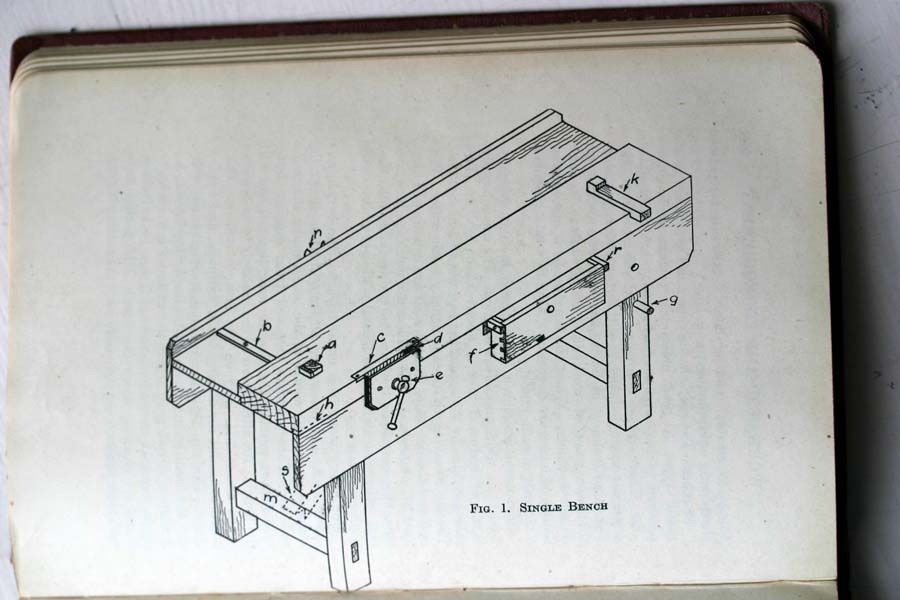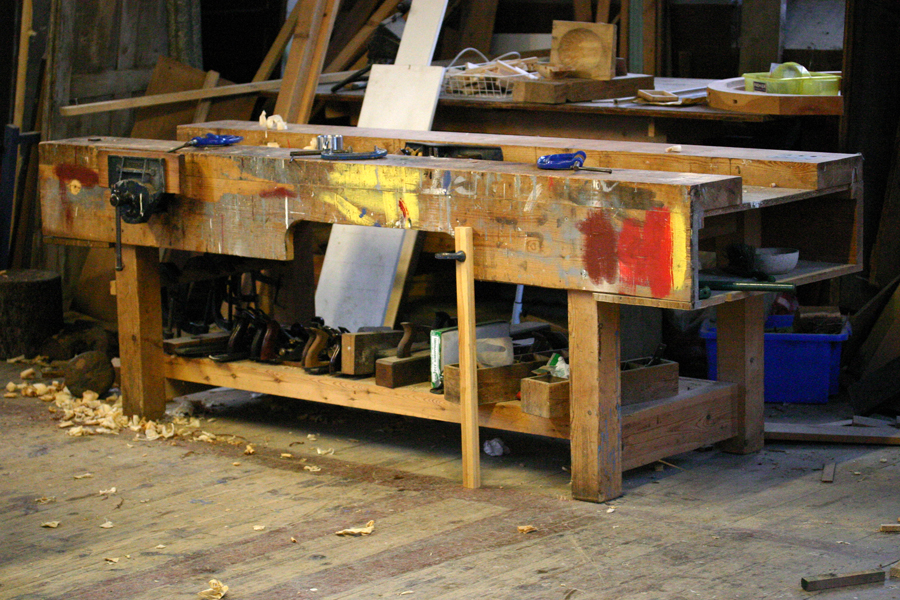PennineRider
Member
Afternoon,
I'm a beginner to woodworking and I want to make a nice workbench. To keep costs down, I want to make the frame out of 4x2 softwood, then top it with a solid oak kitchen worktop. The frame will be joined with pegged mortise & tenon joints. Basically, two trestles joined with stretchers.
So: Will the world come to an end if I build a workbench out of 2x4 kiln-dried pine from B&Q?
I'm a beginner to woodworking and I want to make a nice workbench. To keep costs down, I want to make the frame out of 4x2 softwood, then top it with a solid oak kitchen worktop. The frame will be joined with pegged mortise & tenon joints. Basically, two trestles joined with stretchers.
So: Will the world come to an end if I build a workbench out of 2x4 kiln-dried pine from B&Q?






































